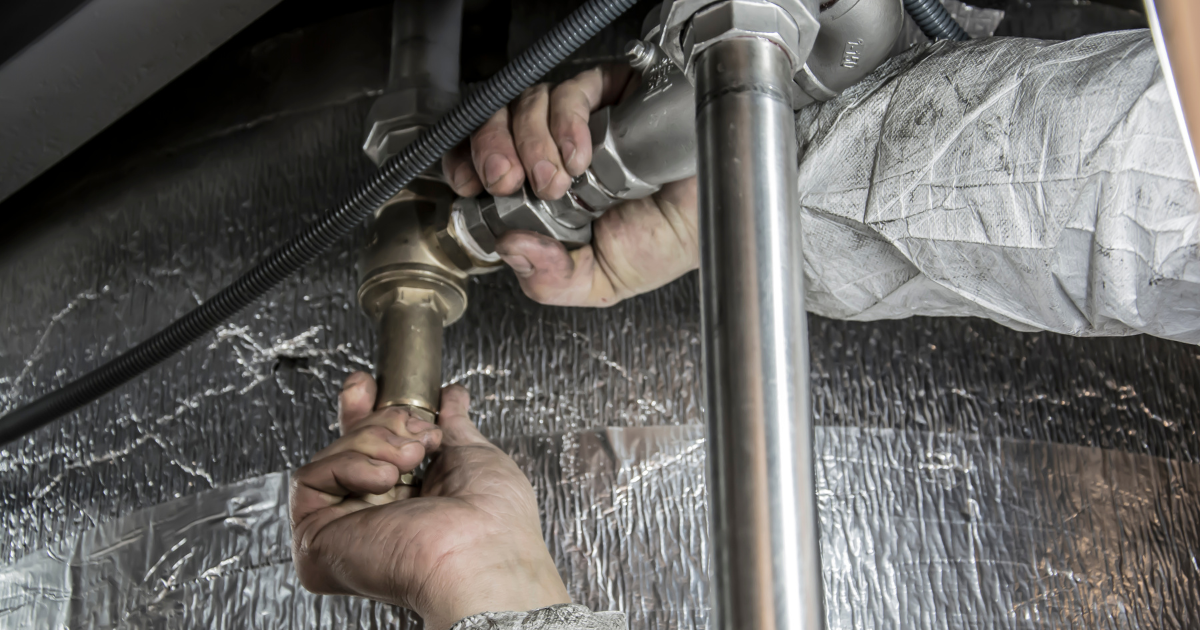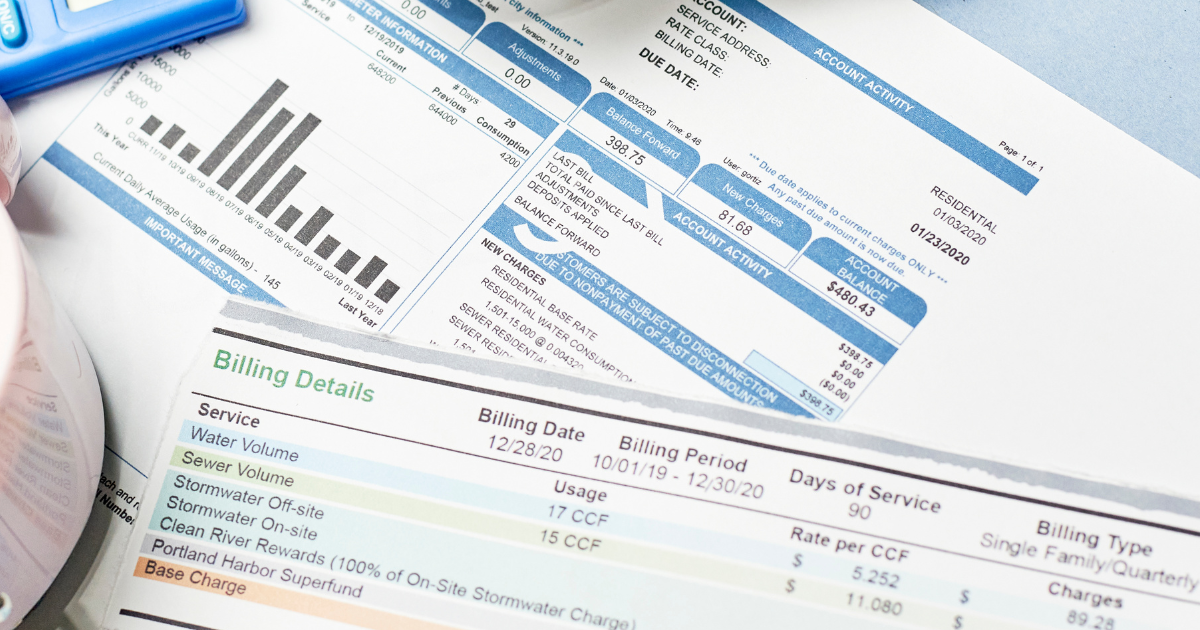Hydro jet your shower head for clogs, safety, and better performance
A shower head is the most important part of your shower. It not only determines how good your shower will be, but also how safe it is.
The best way to ensure that your shower head does not get clogged, lasts longer, and performs better is by using it properly and maintaining it regularly with a method professional plumbers use called hydro-jetting.
This process uses water pressure to remove any mineral deposits or build-up on the inside of your shower head. It also helps to remove any bacteria and mold that may have grown within it.
It is frequently done when it has been clogged with hair or soap scum. This clogging can cause some serious problems in terms of water pressure and overall performance.
By removing this buildup from your shower head, you will be able to get rid of these issues so it performs optimally and you will start enjoying your showers again!
You will also now have a higher flow rate that can help you save money on water bills and reduce your carbon footprint.
If there is no buildup on your showerhead, then there won’t be any additional wear and tear on it either (which means less repairs).
This means that over time you will save money.
How We Hydro Jet Your Shower Head
The first step in Hydro Jetting is for a professional MasterCraft Plumber to make sure there are no leaks within the pipe or on the outside of the pipe. This is done through a visual inspection and by using a dye test.
If there are no leaks, the next step is to prepare for the actual Hydro Jetting process.
The process starts by attaching an air compressor (which will supply the pressure) to one end of the pipe that needs cleaning.
The other end of this pipe will be attached to a machine called a “ram”. A ram looks like an oversized piston and it is used to push water into your pipes at very high pressures (upwards of 15,000 psi).
Once everything is set up, water will be forced through this pipe at extremely high speeds (upwards of 10,000 feet per second), dislodging any clogs within your pipes as well as washing away any debris that may have accumulated over time in your shower head.
If you need help with hydro jetting in and around the Carlsbad and Murrieta, Ca. areas, please call MasterCraft Plumbers for a free estimate at (760) 350-3888.
The post Hydro jet your shower head for clogs, safety, and better performance first appeared on MasterCraft Plumbers.


